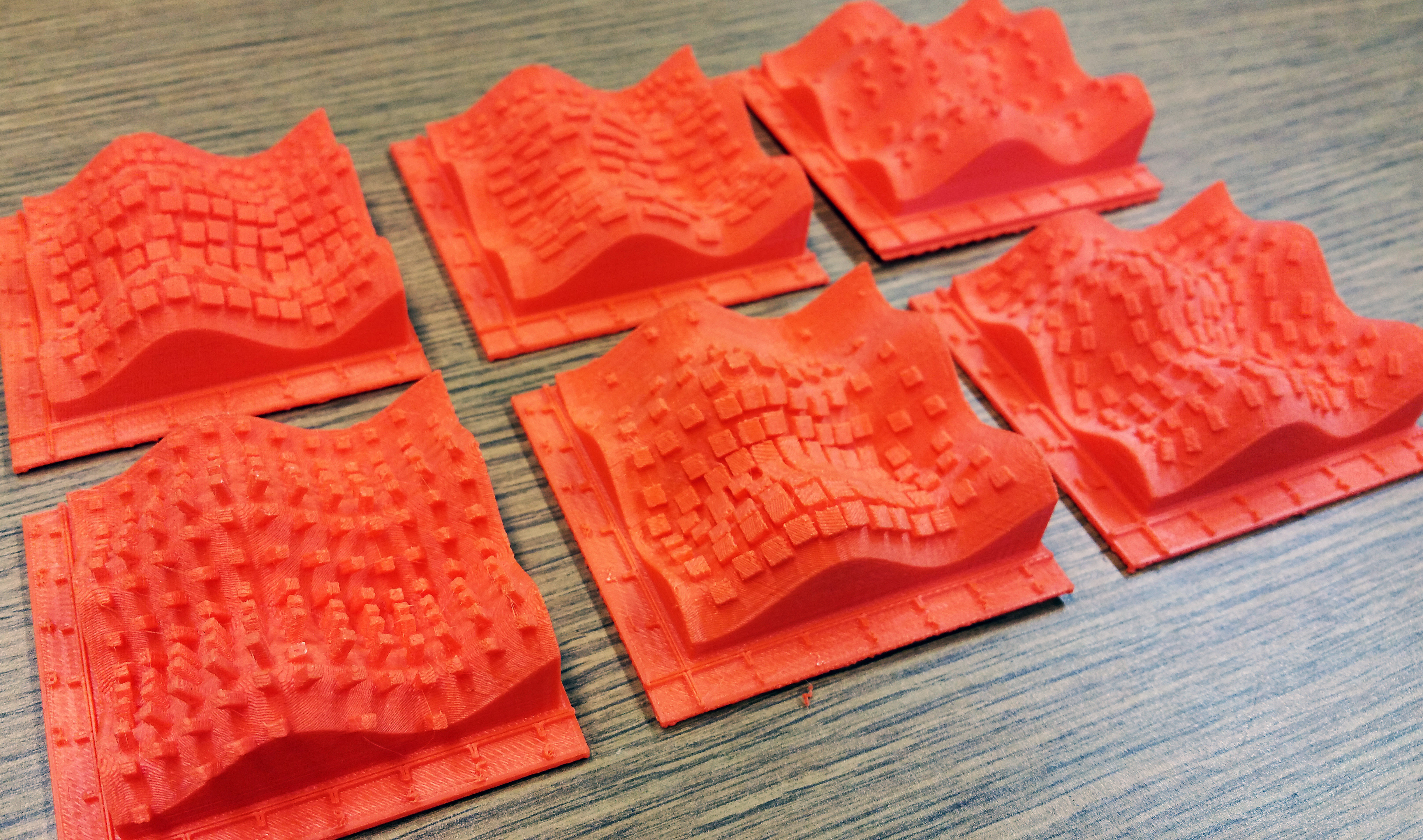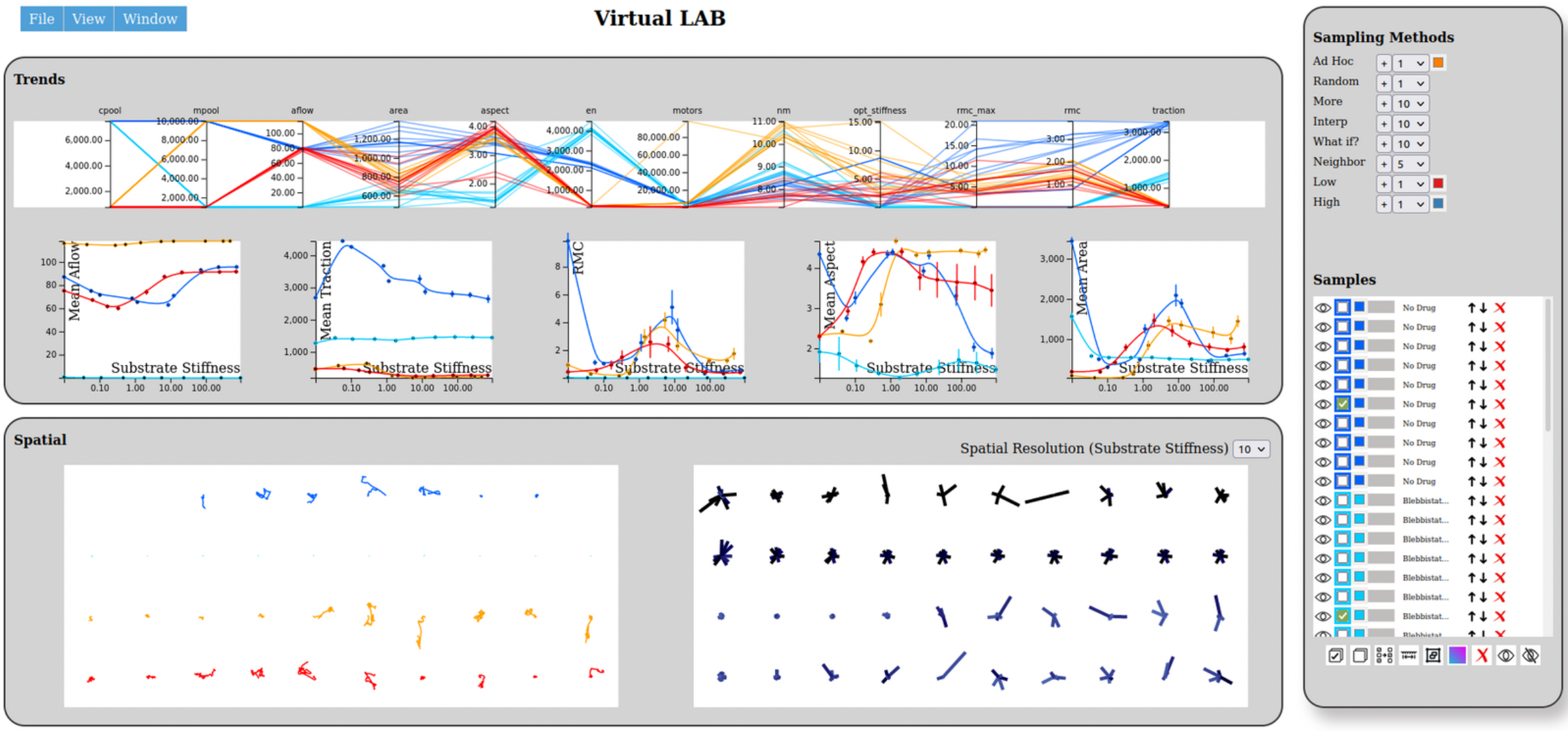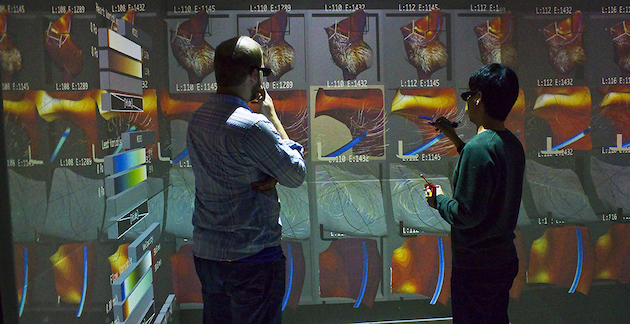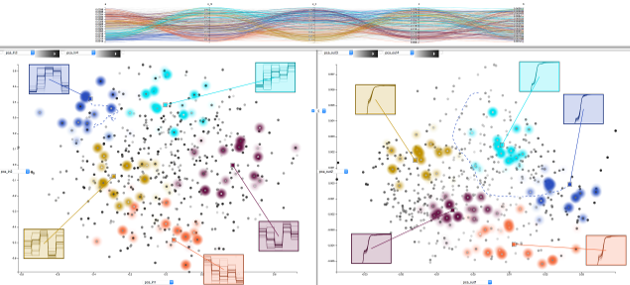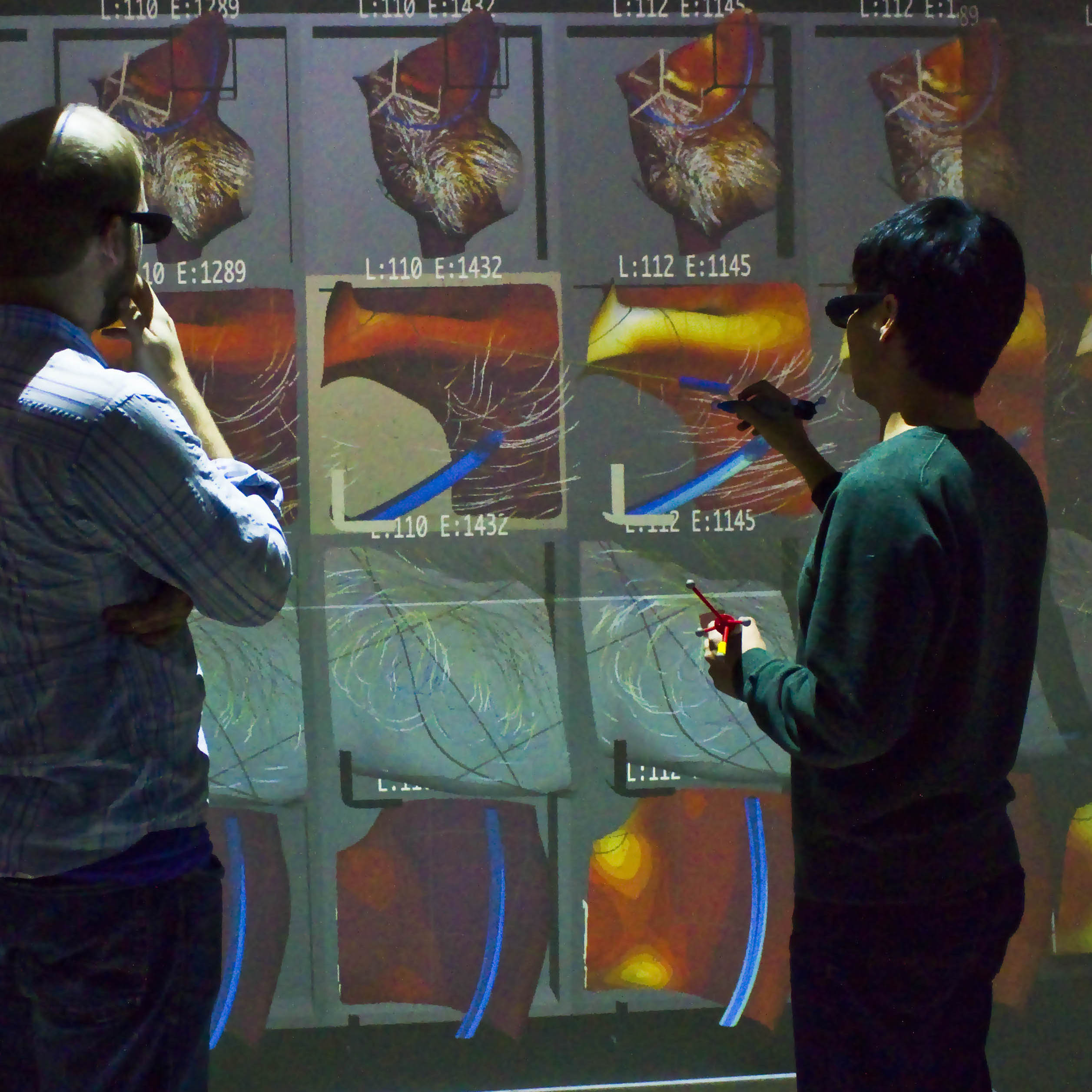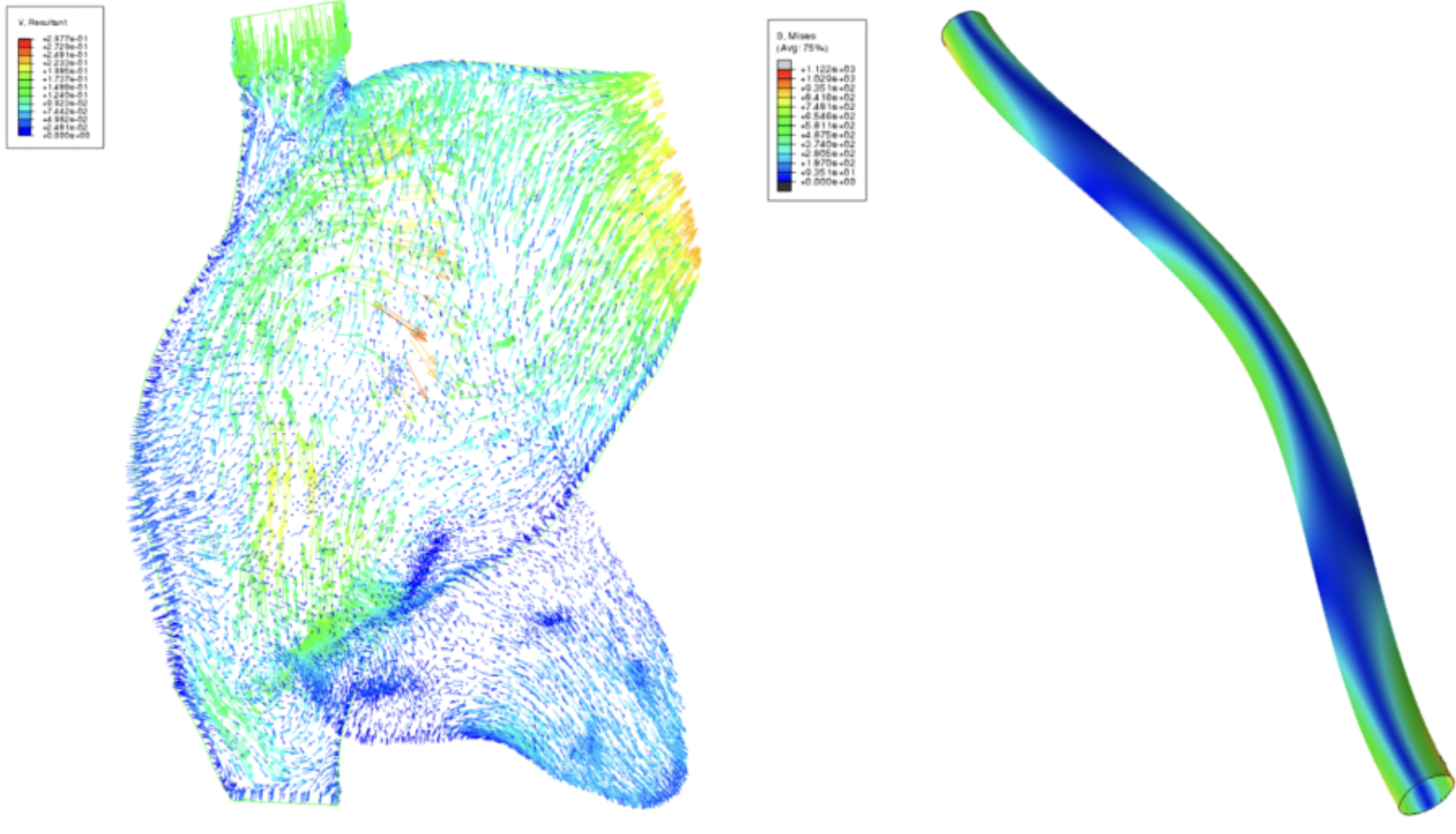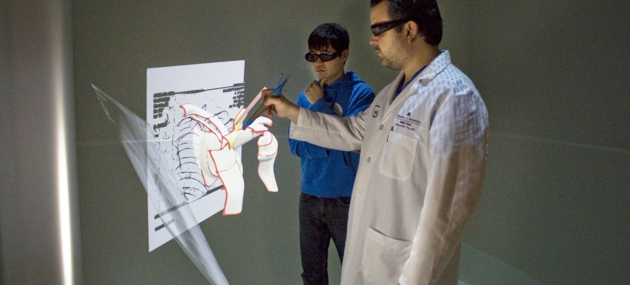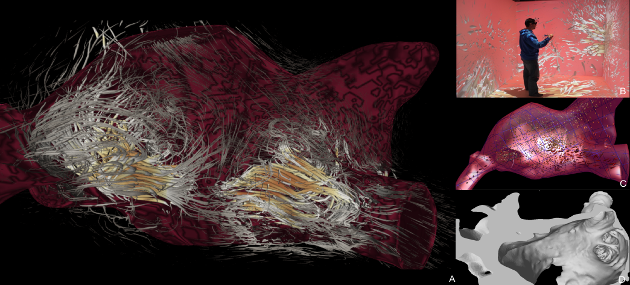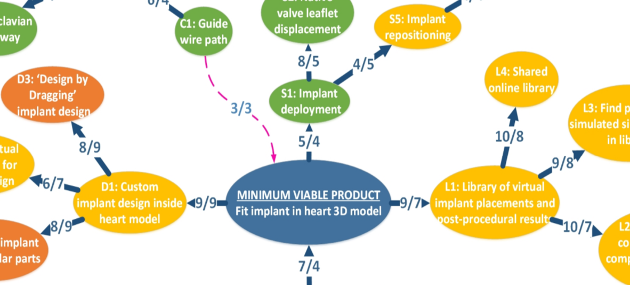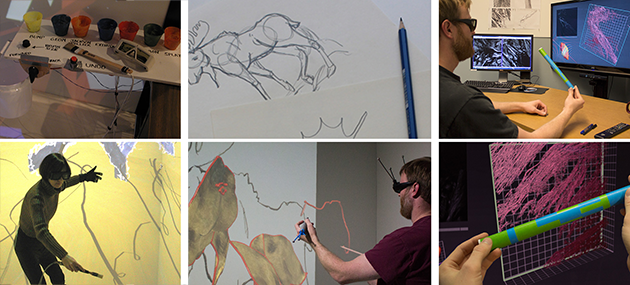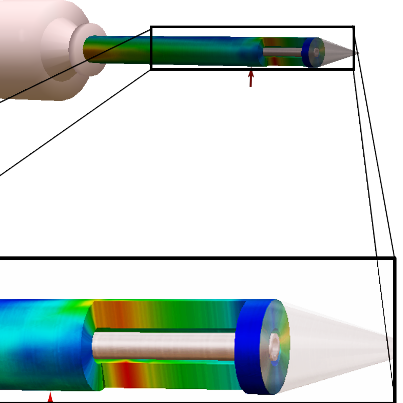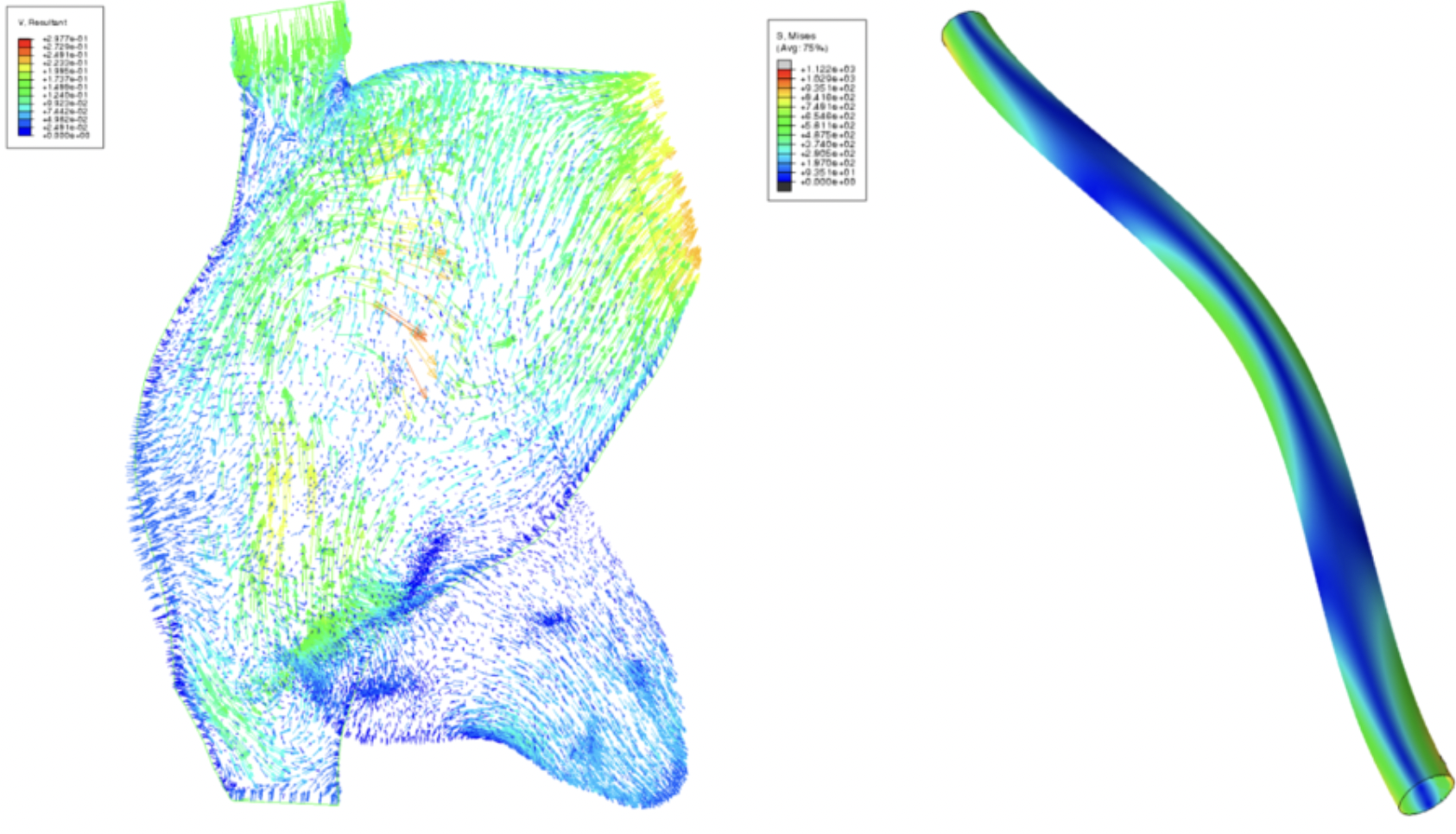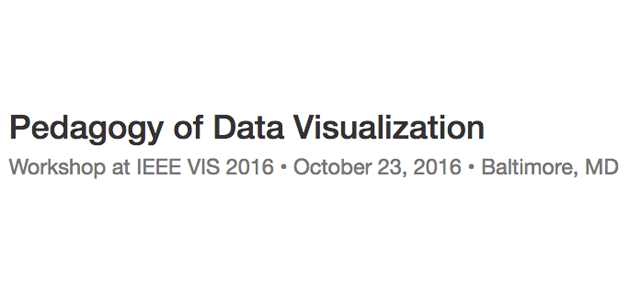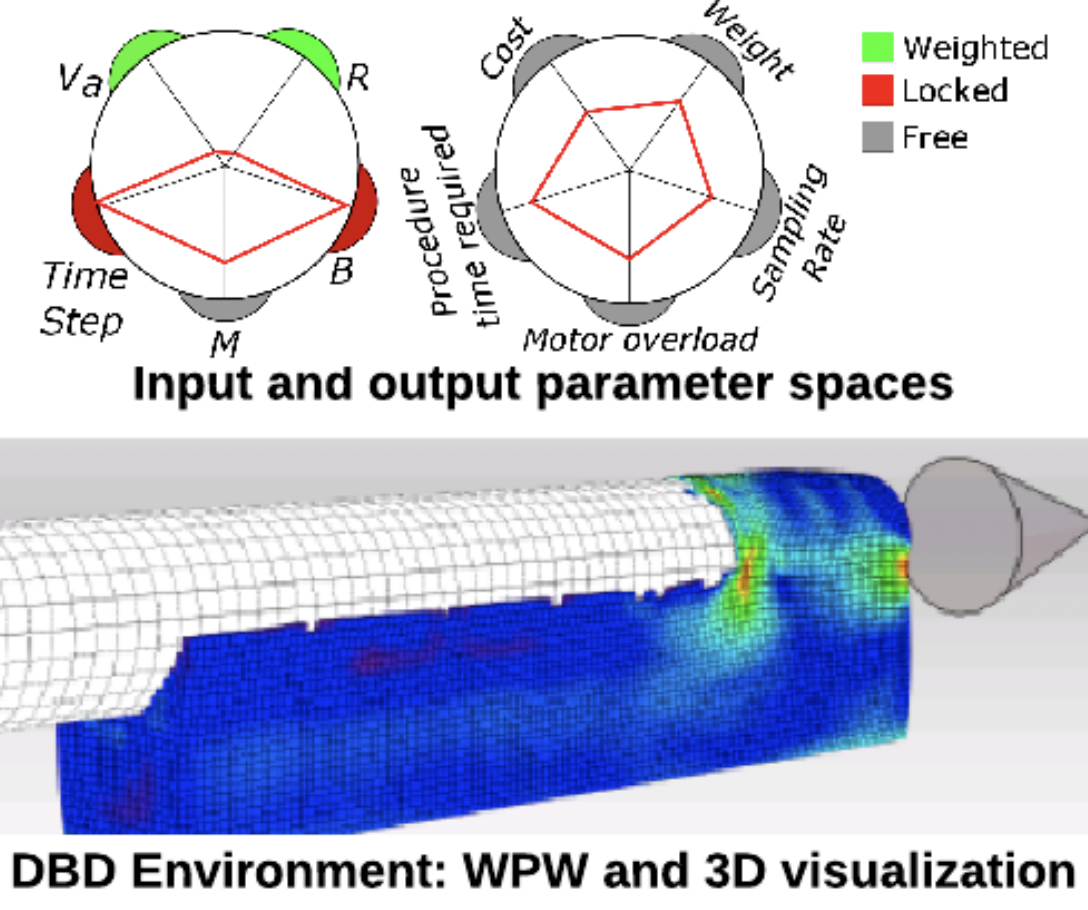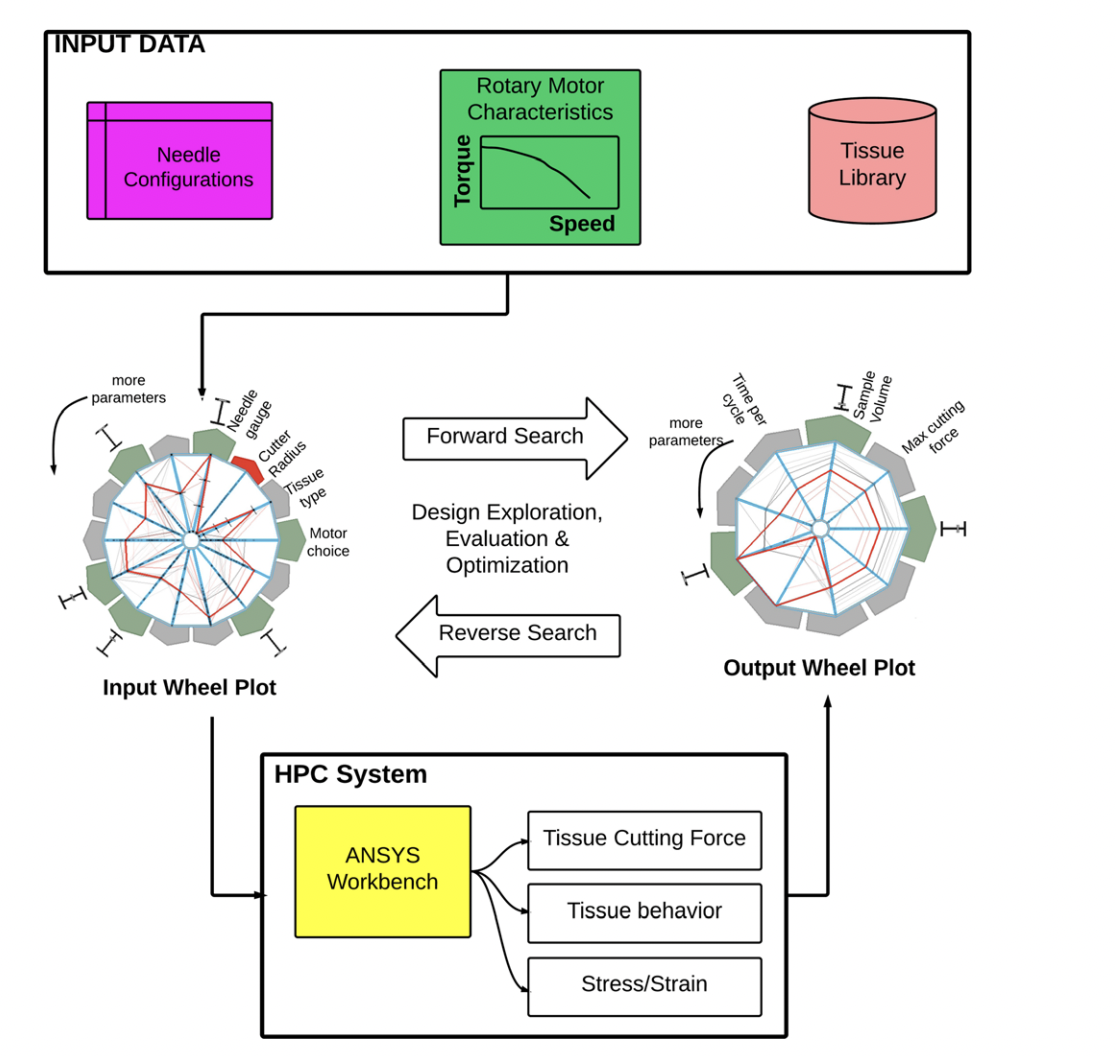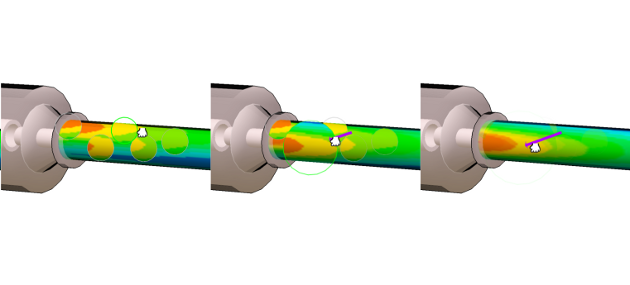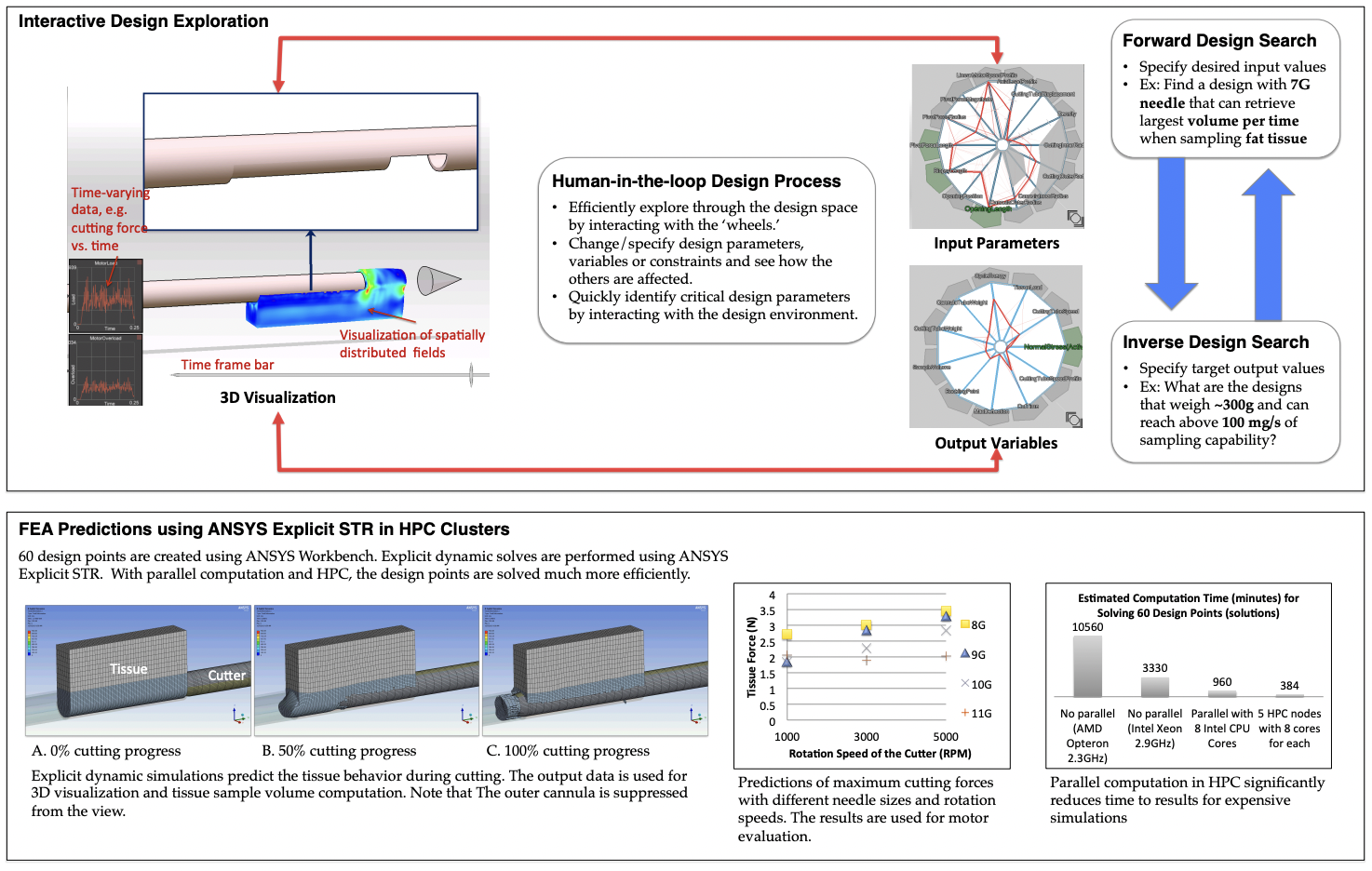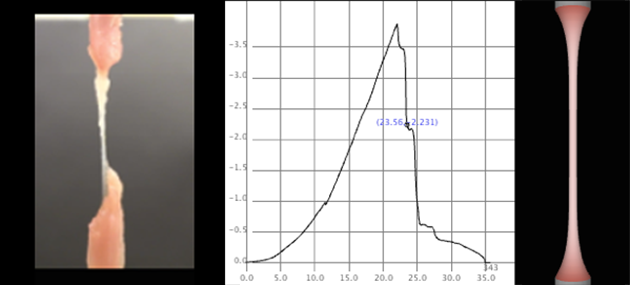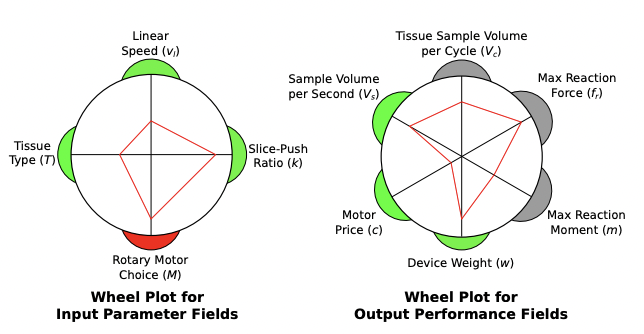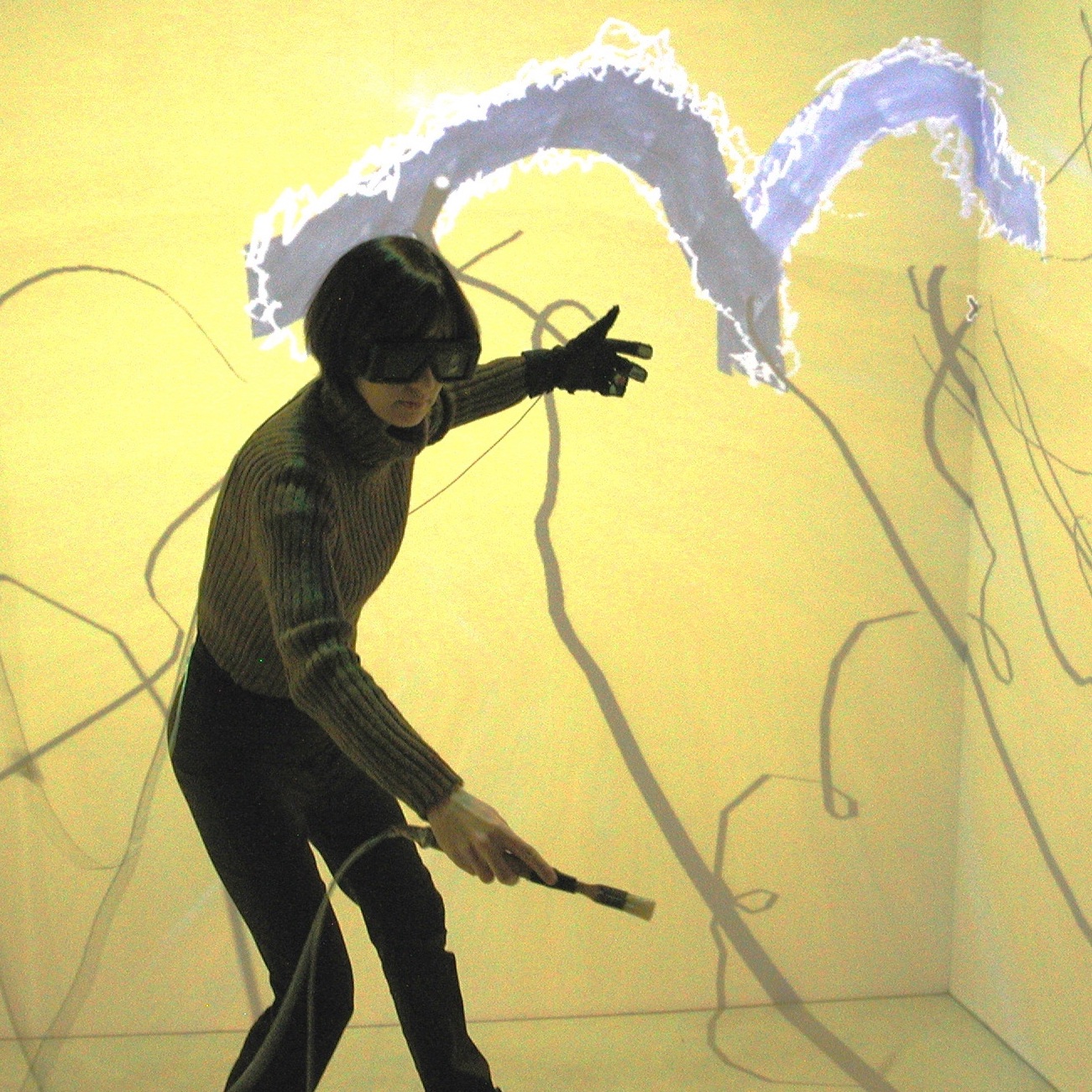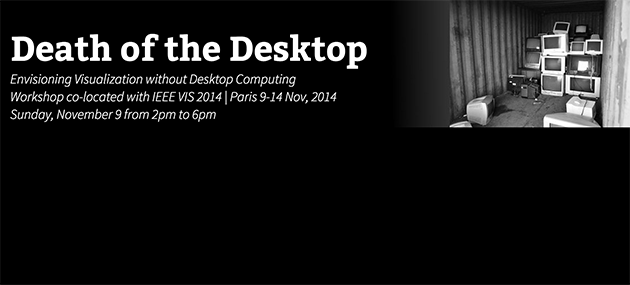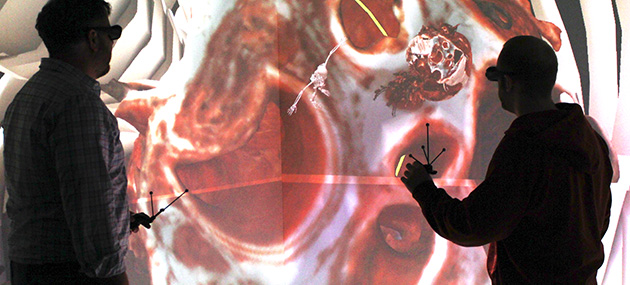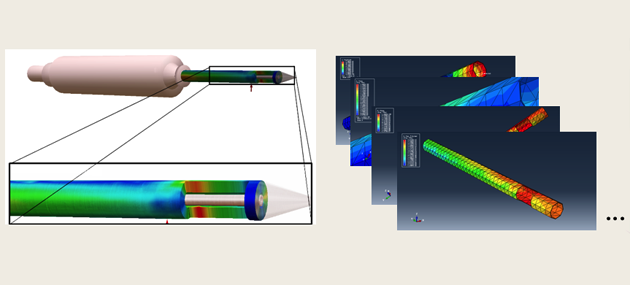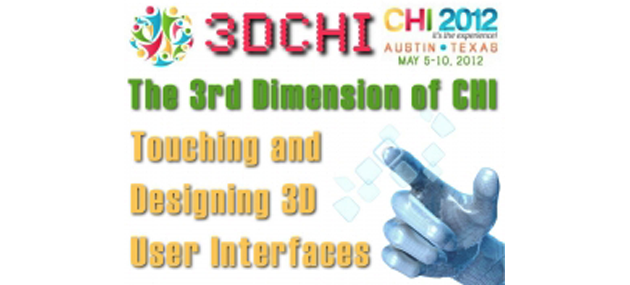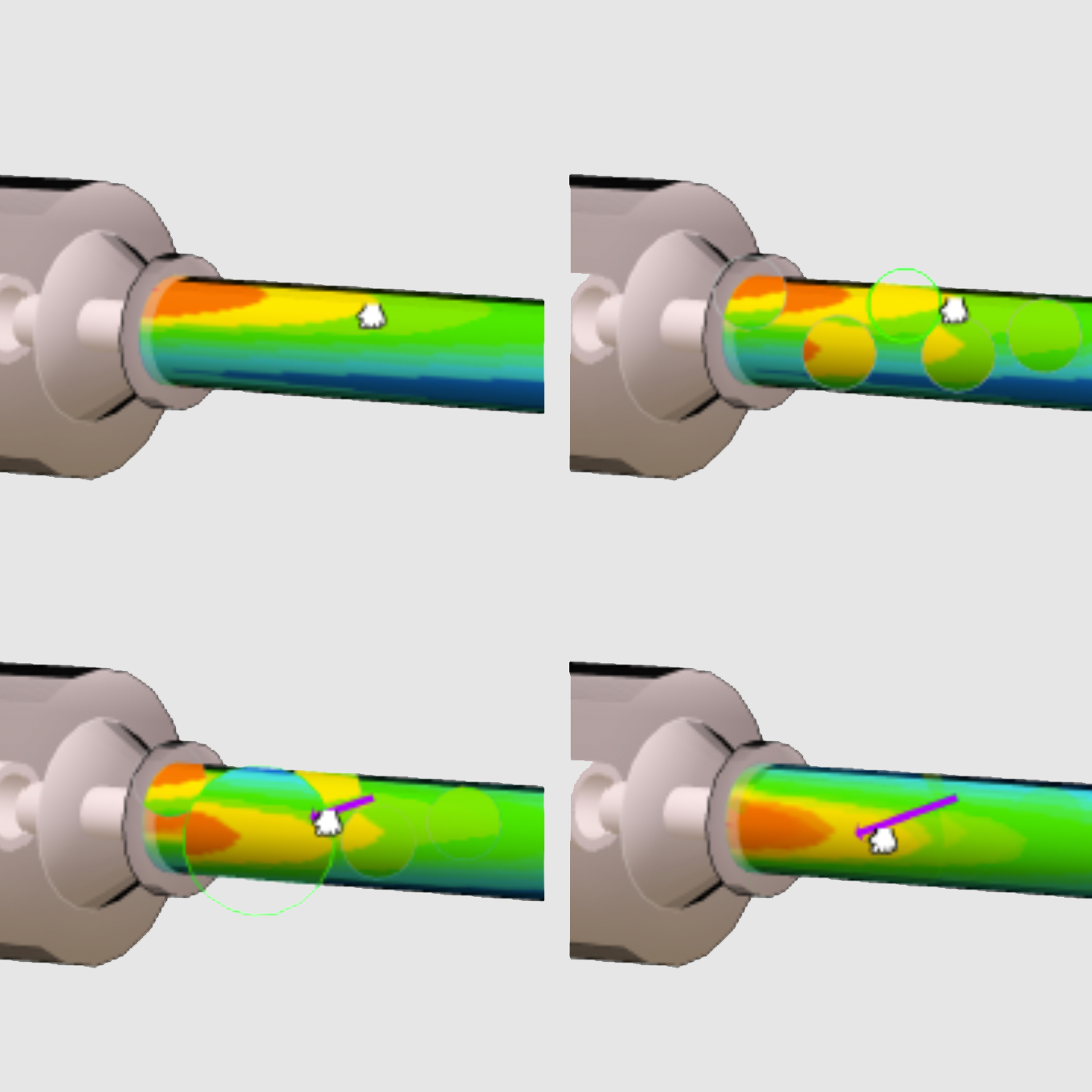
BIGDATA: Coupling Data-Intensive Modeling, Simulation, and Visualization with Human Facilities for Design
Application to Next-Generation Medical Device PrototypingOverview
The goal of this research project is to transform the way that scientists, engineers, and medical professionals make use of big data in order to further science, solve challenging problems in medical device engineering, and, ultimately, improve the nation's health. The approach makes use of big data from medical imaging, supercomputer simulation, and other sources. These exciting datasets are just now becoming available and have great potential to revolutionize science, engineering, and medicine. Unfortunately, scientists today cannot take full advantage of these data because they lack the appropriate tools to work with such large and complex datasets. This research addresses that problem by creating new computer graphics-based data visualization tools and coupling these with novel human-computer interfaces that specifically support data-driven engineering design. The new style of interactive visual computing that these tools provide can be especially powerful for supporting the human process of design. Thus, an anticipated major scientific result of the work is a new approach for supporting creative human-in-the-loop tasks when working with big data. The impact of this new approach is demonstrated through a series of applications to medical device design problems, such as designing improved breast biopsy devices and cardiac leads.
The long-term objectives of this project are to enable a paradigm-shifting future for simulation-based engineering with big data and to demonstrate this future through specific applications to challenging problems in medical device design. The approach is to couple the intense amounts of medical imaging, physical simulation, and other life sciences data that are generated today with new computational tools that not only support automated data analysis but also powerfully leverage our own human capabilities to see, touch, explore, and analyze. By adopting a human-centric approach to big data science, including significant new research in the areas of data visualization and human-computer interfaces, the work is expected to not only accelerate basic research and discovery but also make the results of big data science accessible to doctors, medical device engineers, and countless other creative thinkers who do not necessarily have a core background in computational methods. There are three main thrusts to the research: (1) Advancing medical device engineering through applications of new data-intensive design tools; (2) Developing a creative new as-direct-as-possible inverse method for simulation-based engineering; and (3) Coupling data-intensive virtual design with new tangible tools for working with big data.
Keynote Address
Invited Plenary Session and Talk
